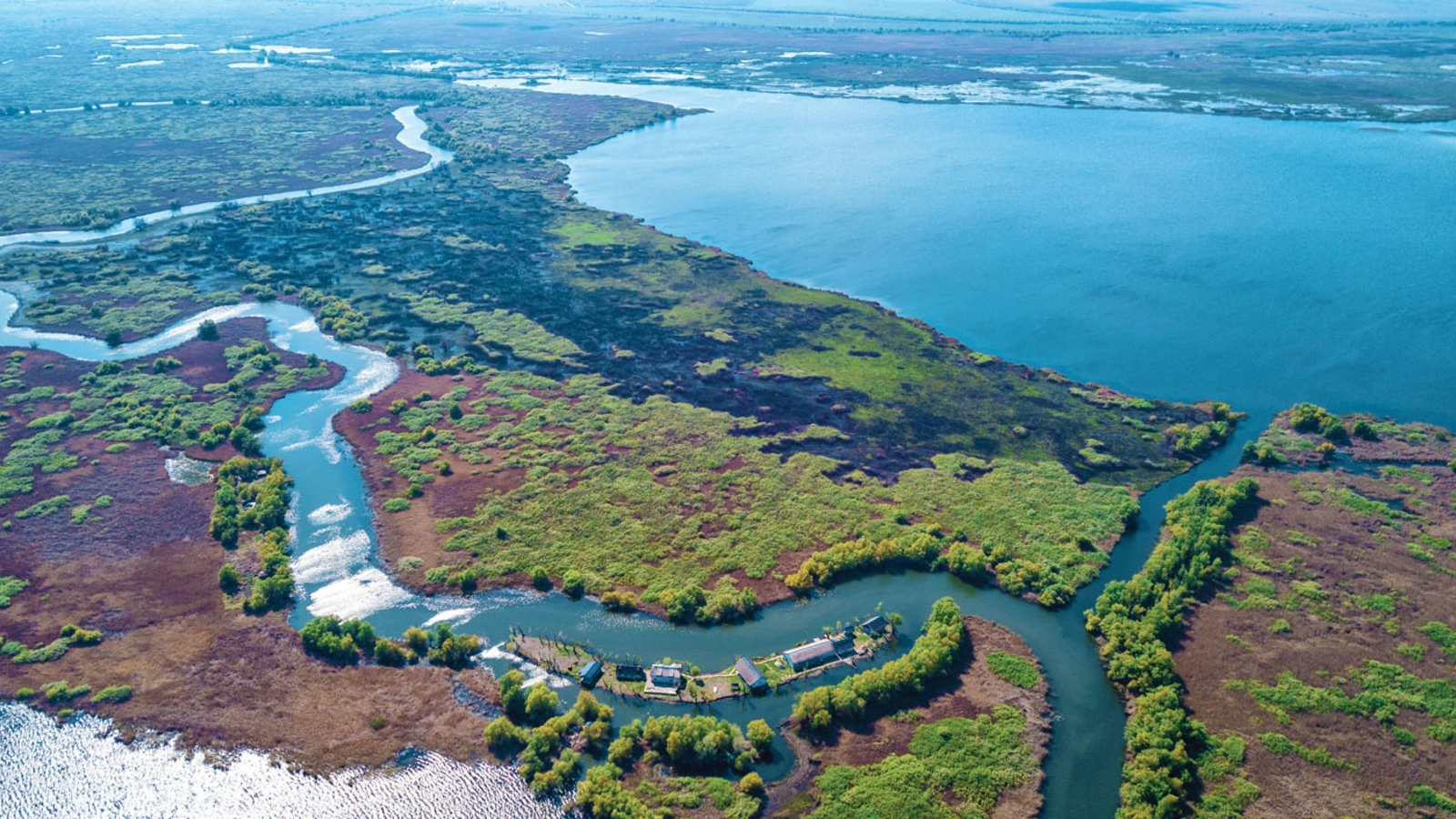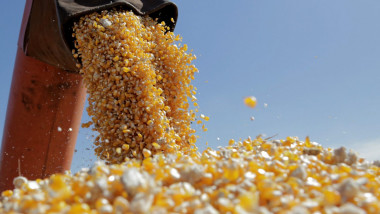The first 160 Dalmatian Pelican (Pelecanus crispus), a globally 'Vulnerable' species, returned these days to Ceaplace Island in the Danube Delta Biosphere Reserve (RBDD), recently consolidated by the ecological inspectors of the RBDD Administration, the institution subordinated to the Ministry of Environment announced on Friday on its Facebook page.
Ceaplace Island, strictly protected in the Reserve, is one of the most important breeding areas in Europe for Dalmatian pelicans, due to its isolated position that offers excellent protection for juveniles and a large feeding area for adults.
"Every winter, the small island deteriorates due to wind and wave erosion, and the natural amount of reed in the area is often insufficient for the large number of birds that return year after year. That is why, this year too, the environmental wardens and inspectors of the RBDD Administration have carried out an action to strengthen the nesting areas on the island by transporting and arranging 450 big reed piles and a large bundle of pressed reed, in order to provide the birds with the additional construction material needed for new nests," the cited source mentioned.
The island is being continuously monitored and so far the first 160 Dalmatian pelicans that have arrived at the colony have been observed.
"There are already 101 nests visible on the island in various stages of construction and in some of them eggs are already laid. With the addition of nest building materials and landscaping activities, Ceaplace Island is ready to welcome its guests again this year," the RBDD Administration's post also states.
The reed piles placed by the environmental inspectors of the RBDD Administration replace the wooden platform that they placed in 2006-2008, together with the Romanian Ornithological Society (SOR), within the project "Save the Dalmatian pelicans in the Danube Delta", carried out in partnership with the Royal Society for the Protection of Birds in the UK.
"Unfortunately, that platform, being made of wood, especially in conditions of slightly salty water, windy conditions and winter with ice in the lagoon area, did not have a very long life. At the time, the platform helped by increasing the nesting area for pelicans, but it only lasted a few years, unfortunately. It has deteriorated entirely and we hope that in the future we will find solutions together with the RBDD Administration for a thorough consolidation of the island, to provide good nesting conditions for the species," Sebastian Bugariu, a biologist from SOR, told AGERPRES.
According to the RBDD Administration, if the great white pelican (Pelecanus onocrotalus) nest in an impressive flock in this area of Europe, the colony of Rosca - Buhaiova being more and more extended in recent years, numbering about 19,000 individuals, while the number of Dalmatian Pelicans in the RBDD is much smaller, around 500, the species being endangered worldwide and included in the 'Vulnerable' category on the IUCN Red List of Threatened Species.
































Comentează